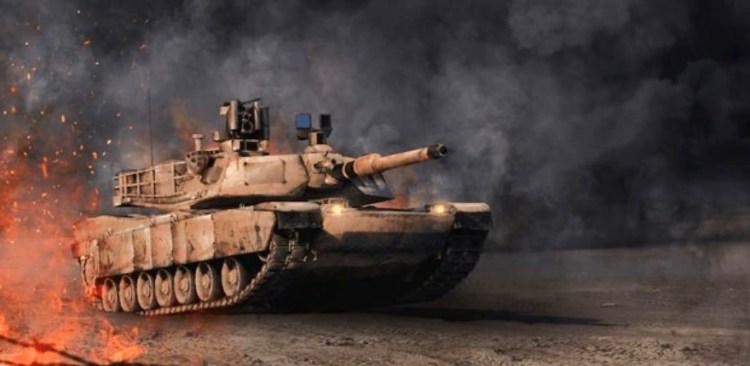By Katherine Owens — Warrior Maven Editorial Fellow
The top ten tanks today are the German KF51 Panther, the American Abrams M1A2, the Russian T-14 Armata, the Korean K2 Black Panther, the Chinese T-99, the German Leopard 2, the French Leclerc XL, the British Challenger 2, the Israeli Merkava V, and the Japanese Type-90.
Each tank is competing for superior firepower, mobility, and strength, but these qualities alone no longer determine which tanks are the most advanced in the world. Today’s most advanced tanks are defined by their artificial intelligence (AI) and remote operating capability.
The Abrams Main Battle Tank closes with and destroys the enemy using mobility, firepower, and shock effect.
Automation and advanced sensory data systems set the stage for AI integration. The KF51 Panther, the Abrams M1A2 SEPv3, and the T-14 Armata all have autoloader cannons.[i] The T-14 has unmanned turret capabilities, while the KF51 is equipped with the latest sensor-to-shooter link technology.[ii] The M1A2 SEPv3 hosts Ammunition Data Link technology, which allows the newest Advanced Multi-Purpose cartridge to be pre-programmed to different modes prior to firing.[iii] Once integrated into these systems, AI technology would assess a target against millions of data points; simultaneously evaluating sensor data, environmental conditions, and mission criteria in order to relay the correct ammunition and firing specifications to the tank’s automated fire control system in real-time.
Along with AI technological capacity, remote operation capability distinguishes the most advanced tanks and reveals the different strategic approaches among today’s best tanks.
The KF51 drone-integration technology allows for the operation of multiple remote-controlled weapon systems, including the HERO 120 loitering munition drone, and the ability to work with drone “wingmen” is integrated into the conceptual design of the tank.[iv] As a result, the KF51 German Panther is likely the most advanced in this area.
As part of the Abrams tank’s development model of adapting and upgrading, the M1A2 SEPv3 will likely soon adopt drone operation technology. As previously reported by Warrior, the U.S. Army has tested drone launches from the turret and the use of smaller unmanned armored vehicles that could potentially be operated by the tank’s crew as scouting or first engagement vehicles.[v]
T-14 Armata
In contrast, the T-14 is designed to be remotely operated itself as an Unmanned Vehicle (UV). Overall, the Russian conceptual design for the T-14 Armata seems to be that of a stand-alone, self-contained network platform.[vi]



